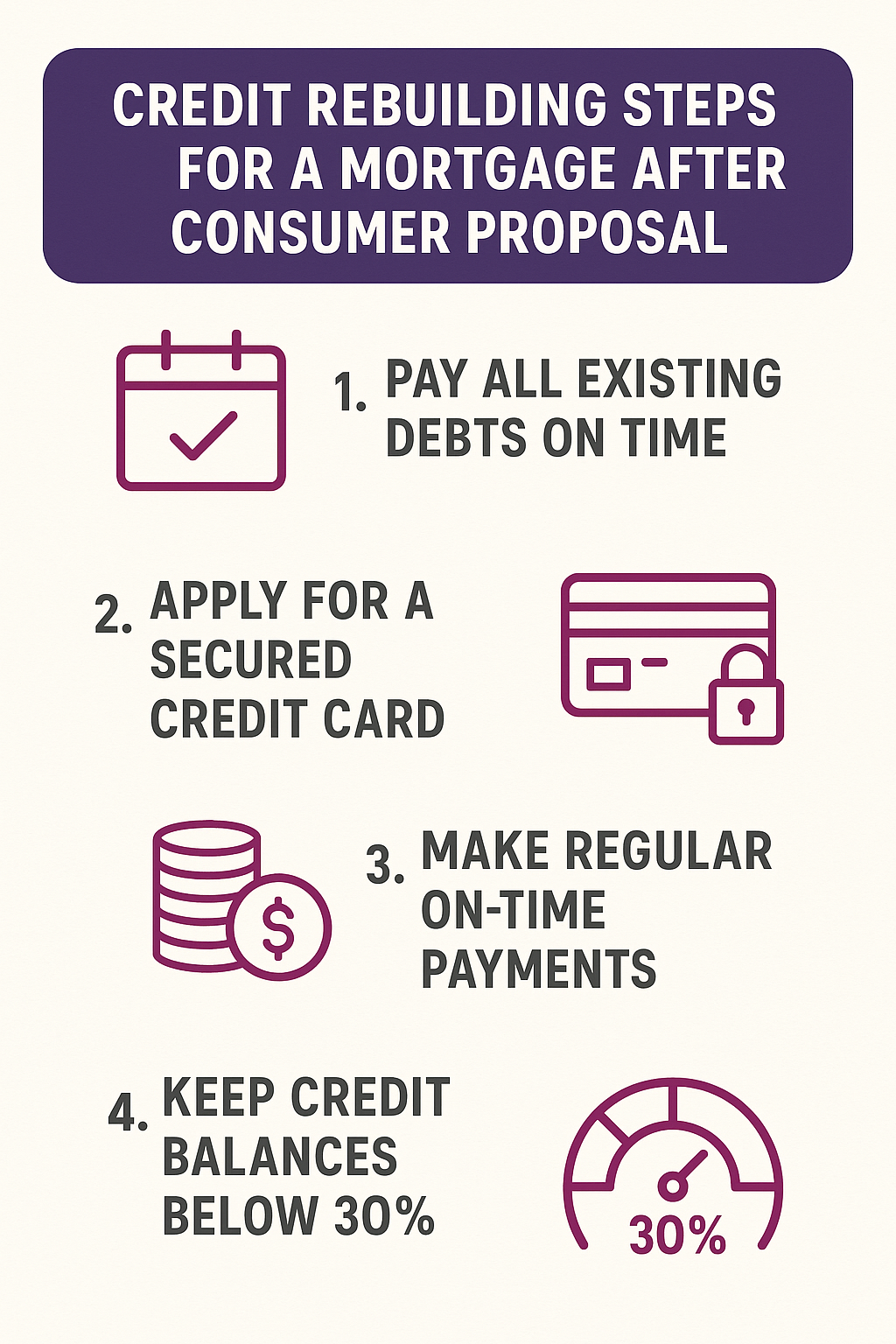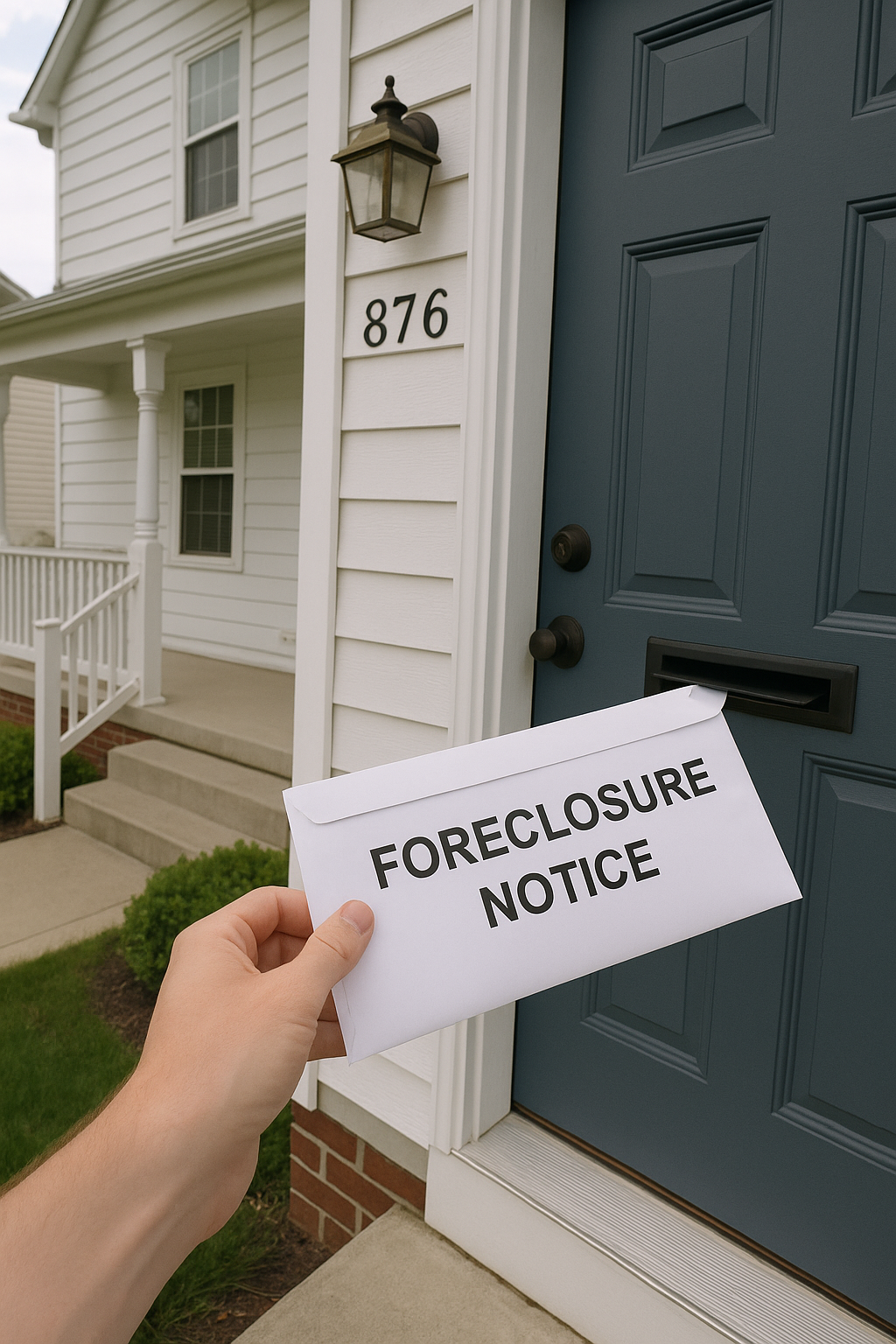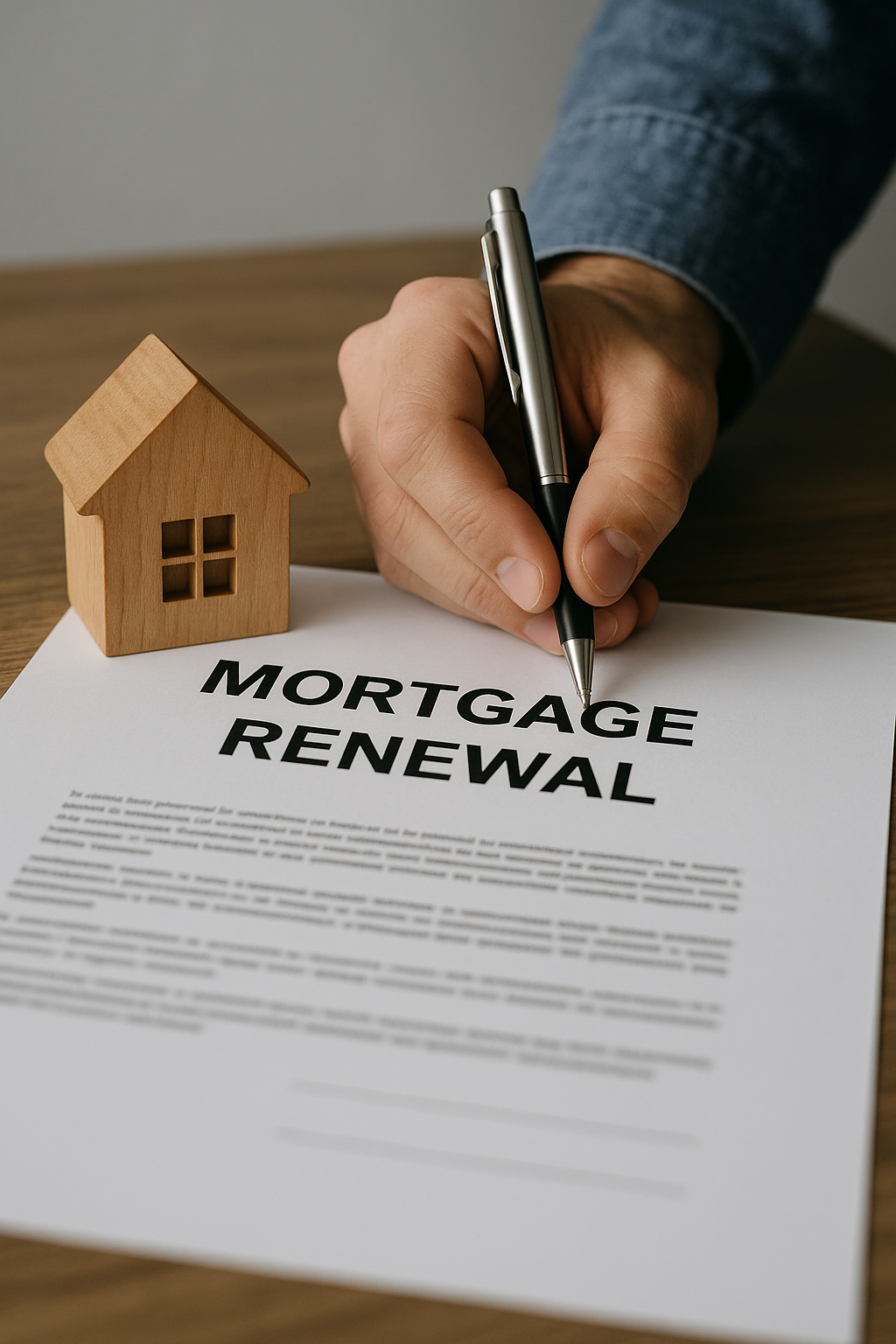Table of Contents
Toggle1) What Is Home Equity (and Why It Matters)
Home equity is the difference between your property’s market value and the balance of any mortgages or liens secured against it. As you pay down your mortgage and/or your home value rises, your equity grows.
Why it matters: Equity is a flexible, relatively low-cost source of borrowing that can help you consolidate debt, fund renovations, invest, or smooth cash flow, often at rates much lower than credit cards or personal loans. The key is to use it strategically and safely.
2) How to Calculate Your Available Equity (With Example)
Basic formula:
Home Value − Total Mortgage/Lien Balances = Home Equity
Lending limit: In Canada, most prime lenders let you borrow up to 80% of your home’s value (combined for all mortgages/HELOCs), subject to income, credit, and property type.
Example:
-
Current market value: $800,000
-
Current mortgage balance: $420,000
-
Max total financing (80%): $640,000
-
Potential available equity: $640,000 − $420,000 = $220,000 (before fees)
That $220K is the ceiling—what you actually qualify for depends on your credit, income, and lender guidelines.
3) The Big Three Options: HELOC vs. Refinance vs. Second Mortgage
a) HELOC (Home Equity Line of Credit)
-
Type: Revolving line, interest-only payments on what you use
-
Rate: Variable
-
Best for: Flexibility, cash-flow management, staggered projects
-
Pros: Pay interest only on drawn funds; reusable
-
Cons: Variable rates can rise; requires discipline
b) Mortgage Refinance (Increase/Blend & Extend)
-
Type: Replace or increase existing mortgage
-
Rate: Fixed or variable options
-
Best for: Locking in a lump sum at mortgage rates; simplifying to a single payment
-
Pros: Can lower overall interest cost vs. unsecured debt
-
Cons: May have prepayment penalties; resets amortization clock
c) Second Mortgage / Home Equity Loan
-
Type: Separate loan behind the first mortgage
-
Rate: Usually higher than the first mortgage; fixed or variable
-
Best for: Quick access, unique income profiles, short-term needs
-
Pros: Doesn’t disturb first mortgage; faster approvals (esp. alt/private)
-
Cons: Higher rates/fees; shorter terms; must plan an exit strategy
4) 9 Creative, Safe Ways to Use Home Equity in Canada
4.1 Consolidate High-Interest Debt
Rolling credit cards at 19–29% and personal loans into a mortgage or HELOC can slash interest costs. With one predictable payment, you improve cash flow and often your credit utilization (which can help your score).
Pro tip: Keep the old cards open but set tight spending rules or cut limits to avoid re-accumulating balances.
4.2 Fund Value-Boosting Renovations
Upgrades like kitchens, bathrooms, windows, roofing, or legal basement suites can lift property value and comfort.
Smart move: Prioritize renos with the best return on investment (ROI) and get at least two quotes. Consider a HELOC for staged draws as contractors hit milestones.
4.3 Help a Child Buy a First Home
Gift or lend a down payment, or go on title as a co-signer/guarantor (get legal advice).
Why it’s powerful: Helps kids get in the market sooner, potentially compounding long-term equity growth across your family.
Safeguard: Use a written agreement detailing whether assistance is a gift or a loan.
4.4 Buy an Investment Property
Leverage available equity for the down payment on a rental.
Math to watch:
-
Stress-tested payments (lenders “qualify” you at a benchmark rate)
-
Vacancy assumptions, maintenance, insurance, and property taxes
-
Cap rate and cash flow under conservative scenarios
Structure tip: Consider a refinance for a lower “mortgage rate” on the lump sum, or a HELOC for flexibility—then convert to a refinance later.
4.5 Build or Expand a Business
Access working capital for inventory, marketing, or equipment at rates often far below unsecured business loans.
Risk control: Keep a segregated draw (separate sub-account if available) to track business interest for potential tax deductibility (speak to a tax pro).
4.6 Create a Safety/Emergency Buffer
A HELOC can be an elegant, low-cost standby. You don’t pay interest until you draw. This can be useful for variable income, seasonal work, or planned parental leave.
Safeguard: Set a personal policy (e.g., emergency use only, repay within 90–180 days).
4.7 Education & Upskilling
Use equity to fund university or professional certification at a lower rate than private student loans—especially helpful for mature learners or parents.
ROI lens: What salary uplift or business value could this credential reasonably add over 3–5 years?
4.8 Retirement Income Planning (55+)
Options include draw-as-needed HELOCs, refinances with manageable payments, or reverse mortgages designed for Canadians 55+ that require no monthly payments (interest accrues and is settled when you sell or the loan matures).
Fit: For retirees who prefer to keep investments intact or don’t qualify conventionally on income.
4.9 Energy-Efficiency Upgrades
Heat pumps, insulation, windows, and solar can cut utility bills and improve comfort. Some provinces/municipalities offer rebates—stack them with equity financing to reduce net cost.
Tip: Keep all invoices and before/after utility statements.
5) Costs, Limits, and Eligibility (What Lenders Look For)
-
Maximum Loan-to-Value (LTV): Most prime lenders cap total mortgage + HELOC at 80% LTV. Alternative and private options can be more flexible on income documentation but still rely on prudent LTV and exit strategies.
-
Credit Score: Prime lenders usually want mid-600s+ for best pricing; alt/private options exist for bruised credit or recent life events (consumer proposal, self-employed income, etc.).
-
Income & Debt Ratios: Lenders assess gross debt service (GDS) and total debt service (TDS). Strong, stable income improves approval odds and pricing.
-
Property Type & Location: Urban, marketable properties at standard owner-occupied or rental use generally score better.
-
Fees: Appraisal, legal, title insurance, possible prepayment penalties (if refinancing mid-term), and broker/lender fees for alternative or private loans.
-
Rate Type: Fixed provides payment certainty; variable/HELOC offers flexibility but can rise with prime.
6) Taxes & Record-Keeping (What to Know)
-
Primary residence interest is not tax-deductible in Canada in most cases.
-
Investment purpose borrowing (e.g., for a rental or income-producing investment) may allow interest deductibility—only if properly documented and structured.
-
Keep meticulous records: Separate accounts/lines for different uses, keep invoices and contracts, and consult a CPA to align with CRA rules.
-
Capital gains: The principal residence may be exempt from capital gains on sale; rental or investment properties are not. Plan ahead.
(This is general information—not tax advice. Speak to a qualified tax professional.)
7) Common Risks—and How to Manage Them
-
Payment Shock: Variable rates can rise. Stress-test your budget at higher rates; consider fixed terms for stability.
-
Re-Borrowing Trap: After consolidating, some borrowers run up cards again. Lower limits or keep cards for credit history but with disciplined usage.
-
Over-Leverage: Equity isn’t infinite. Keep buffer capacity for emergencies.
-
Short-Term Loans Without Exit Plan: If using a second mortgage or private funds, map your refinance or sale timeline before you sign.
-
Market Risk: Property values can fluctuate. Maintain a conservative LTV and focus on fundamentals (location, quality, cash flow).
8) Step-by-Step Process to Access Your Equity
-
Define the Purpose & Budget: Amount needed, timeline, and payoff strategy.
-
Credit & Income Prep: Pull a credit report, gather income docs (T4s, NOAs, bank statements), and list your debts.
-
Value Check: Order an appraisal (or a free estimate first) to verify your market value.
-
Choose the Right Product: HELOC for flexibility, refinance for a large lump sum at mortgage rates, second mortgage for speed or complex scenarios.
-
Optimize Term & Rate: Match the product to your purpose—short term for projects, longer fixed terms for certainty.
-
Line Up Professionals: Mortgage broker, lawyer, appraiser; tax pro if investment-purpose borrowing.
-
Close & Fund: Review documents carefully; confirm fees and disbursements.
-
Track & Review: Keep receipts, track ROI or savings, and re-assess annually.
9) Mini Case Studies (Numbers You Can Follow)
A) Debt Consolidation – Lower Monthly Outlay
-
Credit cards/loans: $45,000 at blended 22%
-
Current mortgage: $420,000 at 5.4%, remaining amortization 23 years
-
Refinance to $465,000 at 5.2% fixed, 25-year amortization
-
Result: Unsecured debts wiped; monthly cash flow improves by hundreds. Use savings to build an emergency fund and prepay principal.
B) Reno + Rental Suite – Adding Income
-
Equity drawn (HELOC): $120,000 for legal basement suite, egress windows, soundproofing, separate entrance
-
New rental income: $1,650/month
-
Net after interest & expenses still positive, property value + tenant profile improved
C) Investment Property – Conservative Leverage
-
Available equity: $250,000
-
Use $200,000 as 20% down payment on duplex ($1,000,000 purchase)
-
Conservative pro-forma shows break-even to slightly positive cash flow today; long-term thesis is amortization + modest appreciation + rental growth
FAQs About Using Home Equity in Canada
Q1: What’s better—HELOC, refinance, or second mortgage?
A: It depends on purpose, timeline, and discipline. HELOC = flexible, interest-only on drawn funds. Refinance = lock in a lump sum at mortgage rates and simplify into one payment. Second mortgage = fast access or unique income/credit scenarios, but at higher rates—have an exit plan.
Q2: How much can I borrow against my home?
A: Most prime lenders cap total financing at 80% of value. Eligibility still depends on income, credit, and property.
Q3: Will this hurt my credit score?
A: A new account produces a hard inquiry and can affect score in the short run, but consolidating high-interest balances and lowering utilization often improves scores over time.
Q4: Is interest tax-deductible?
A: Usually no for personal use. If funds are used to earn income (e.g., rental or investments) and you keep clean records, interest may be deductible—ask a CPA.
Q5: Can self-employed or recently credit-challenged borrowers qualify?
A: Yes—alternative and private options can work with non-traditional income or blemished credit, typically at higher rates/fees. A broker can map a step-up plan back to prime.
Q6: What are the main costs?
A: Appraisal, legal, title insurance, potential prepayment penalties (on refinance), lender or broker fees (more common with alternative/private), and the interest itself.
Q7: How long does it take to access funds?
A: HELOCs and second mortgages can be fast (days to a couple of weeks), while full refinances often take 2–4 weeks depending on appraisal and underwriting.
Q8: Should I worry about rising rates?
A: Always plan for rate increases. Stress-test your budget, consider fixed terms for stability, and keep a buffer.
11) Quick Checklist & Next Steps
Readiness Checklist
-
Clear purpose and amount
-
Updated property value estimate
-
Credit report reviewed; errors disputed
-
Income docs ready (pay stubs, T4s, NOAs, bank statements)
-
Debts listed with balances and rates
-
Product chosen (HELOC / Refi / Second)
-
Tax and legal questions noted for the pros
-
Exit plan (esp. for second/private)
Using home equity in Canada can be a smart, low-cost way to strengthen your finances—if you choose the right product, keep tight records, and protect cash flow. Whether you’re consolidating debt, upgrading your home, investing in property, or planning retirement income, the right structure can save you thousands and build long-term wealth.
When you’re ready, let a mortgage professional compare HELOC vs. refinance vs. second mortgage specifically for your income, credit, and property—so you move forward with clarity and confidence.
- 9 Creative Ways to Use Home Equity in Canada - November 11, 2025
- 7 Helpful Ways to Get a Mortgage After a Consumer Proposal - November 7, 2025
- Credit Rebuilding Playbook for Homeowners: 10 Tools to Better Your Score - November 5, 2025






